1. Ashtrays in Every Room
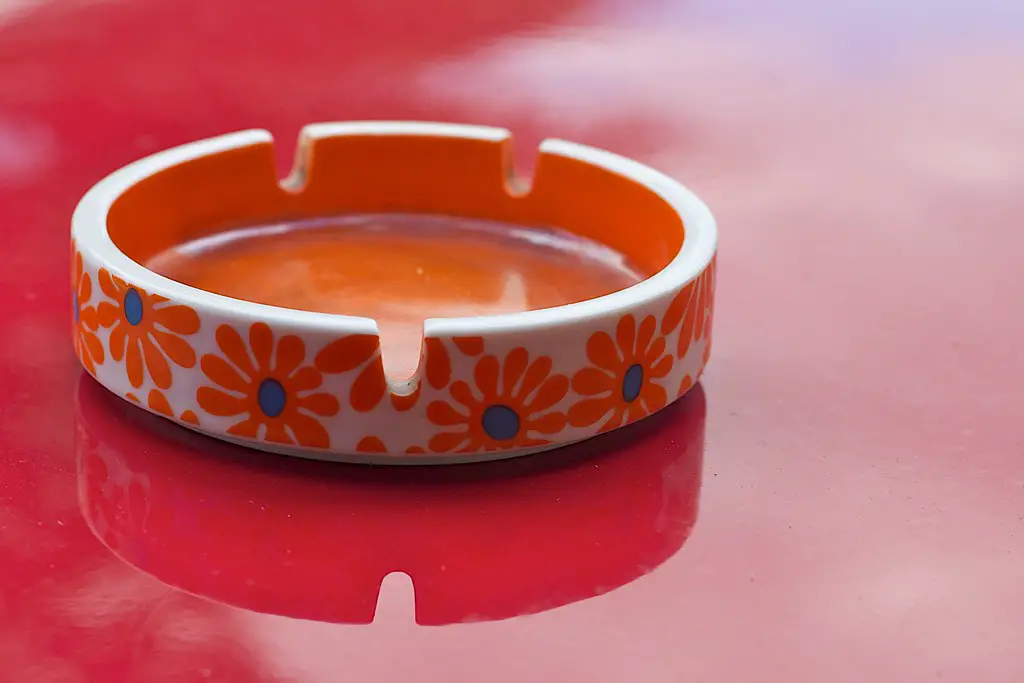
There was a time when nearly every home had at least one ashtray in each room, even if not everyone smoked. It wasn’t just a functional thing either—some ashtrays were downright decorative, made of glass, crystal, or even ceramic with little artistic touches shares Upworthy.
Guests would light up indoors without a second thought, and the smoky haze was just part of the ambiance. Now, smoking inside is rare and usually frowned upon, and the smell alone would be enough to send most people running. It’s wild to think that smoke damage was once just accepted as part of home maintenance. Many homes even had built-in cigarette lighters on the wall, like it was some kind of feature. The idea of encouraging indoor smoking like that today feels unthinkable adds Yahoo.
2. Lead-Based Paint
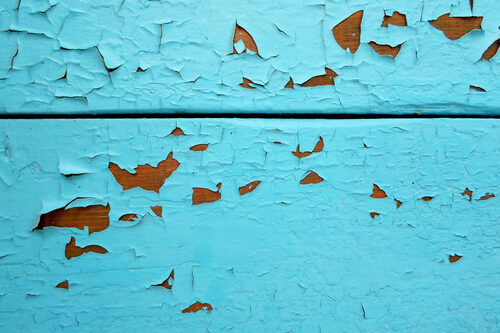
For decades, bright colorful rooms were painted with lead-based paint, and no one thought twice about it. It wasn’t until the late ’70s that we really started to understand just how dangerous lead exposure could be, especially for kids says the CDC.
Now, we associate lead paint with health risks, lawsuits, and mandatory removal efforts. Back then, it was just what you used to get vibrant, long-lasting color on your walls. People were painting nurseries with it, completely unaware of the danger. Today, if you find lead paint in your home, you have to call in professionals to deal with it. The fact that we lived with it for so long is genuinely alarming shares the Atlantic.
3. Spittoons
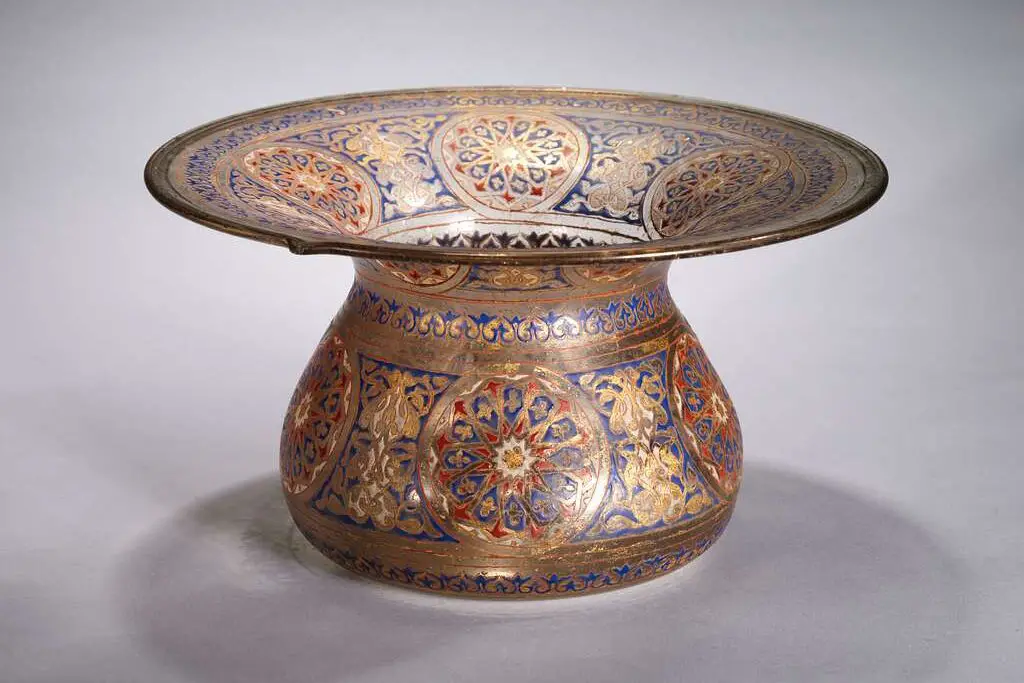
Spittoons, or cuspidors, were once a totally normal sight in homes, especially in the 1800s and early 1900s. These little metal or ceramic pots were placed around the house so people could spit their chewing tobacco somewhere that wasn’t the floor.
The idea of having designated spit jars in your living room today is, frankly, revolting. But back then, they were considered polite and even necessary if you had company over who chewed. They were emptied and cleaned like any other household item. The thought of doing that now feels incredibly unsanitary. Thank goodness we’ve moved on from that habit.
4. Animal Rugs with Heads Attached

Taxidermy wasn’t limited to deer heads on walls. Some homes had full animal-skin rugs, complete with paws, tails, and even heads—eyes wide open and all. It was a way to show off a hunting trophy and add some “rustic charm” to the room.
Today, that would probably send most guests out the door, especially animal lovers. Even in hunting communities, there’s been a shift toward more respectful and minimalist displays. Those old-school bear or tiger rugs now look more like horror movie props than home décor. It’s hard to imagine vacuuming around a snarling bear head in 2025.
5. Waterbeds
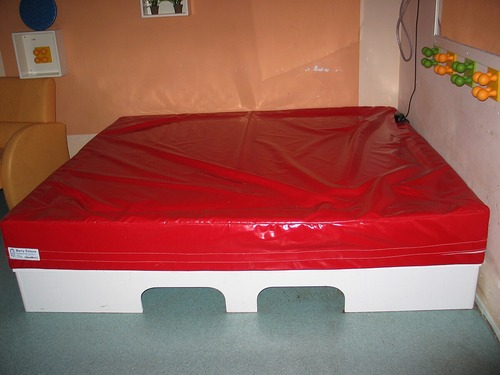
If you didn’t have one, you definitely knew someone who did. Waterbeds were once the peak of cool in the ’70s and ’80s, even though they were kind of a nightmare to maintain.
They were supposed to be good for your back and super relaxing, but in reality, they leaked, sloshed, and often left you seasick. And let’s not even get into how difficult it was to move one. Now, we prefer mattresses that contour to your body without requiring a hose to fill. The waterbed fad fizzled out fast, and most younger folks have never even laid on one. It’s the kind of thing that seems made up until you actually see one in a vintage ad.
6. Avocado Green Everything

Avocado green appliances were once the height of style, and entire kitchens were built around that color scheme. Fridges, stoves, countertops—you name it, it came in avocado.
Today, we look back and wonder what we were thinking. That color, while nostalgic for some, feels dated and kind of murky in modern homes. Design tastes have shifted toward brighter, cleaner palettes. Still, you’ll occasionally stumble on a retro kitchen that proudly rocks the green. It’s a wild contrast to the sleek stainless steel and neutral tones we see now.
7. Wall-Mounted Telephones with Long Cords

Remember stretching the phone cord into the hallway just to have a little privacy? Homes used to have landlines mounted on the kitchen wall, often with comically long spiral cords that tangled like crazy.
Now that most of us carry smartphones in our pockets, the idea of being tied to one spot to make a call seems so limiting. Those phones were often the hub of the household—used for calling friends, ordering pizza, and even eavesdropping on others. They came in bright colors and had rotary dials or big chunky buttons. The sound of that plastic receiver slamming into the base still echoes in some memories. It’s charming in hindsight but definitely outdated by today’s standards.
8. Plastic Furniture Covers
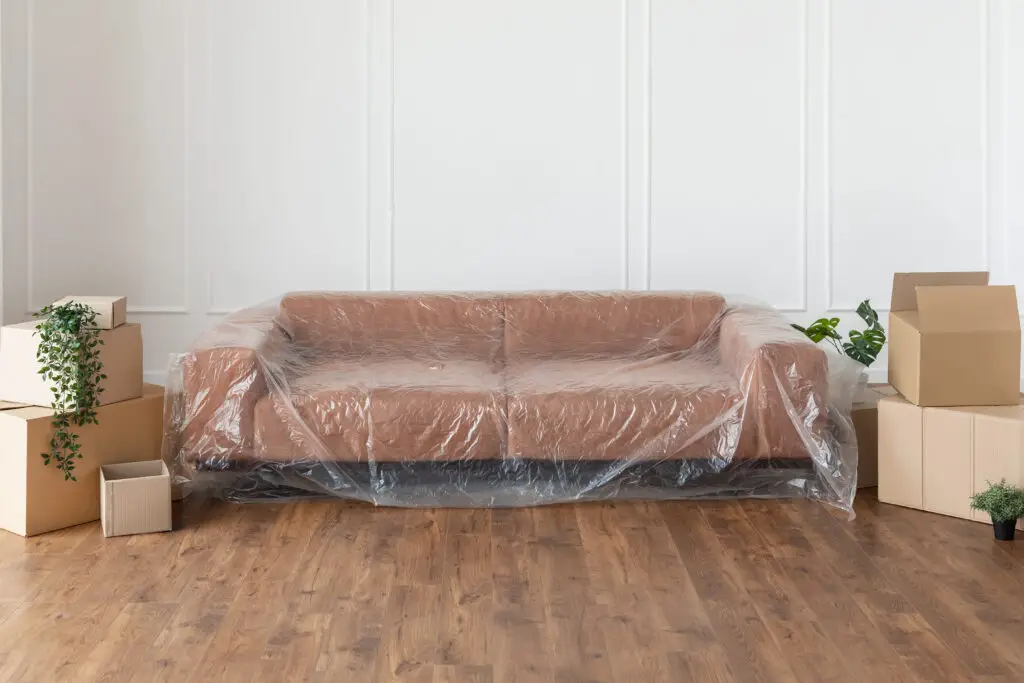
Some households had beautiful couches you could never actually sit on comfortably, thanks to fitted plastic covers. These crinkly protectors were meant to keep furniture pristine, even if it meant sweating through your shorts every summer.
They were especially popular with older generations who valued preservation over comfort. But let’s be honest—no one ever relaxed on plastic. The sound alone was embarrassing if you shifted in your seat. Today, most people want furniture that feels lived-in and cozy, not like it belongs in a museum. Seeing a couch wrapped in plastic now just feels unnecessarily strict.
9. Incinerators
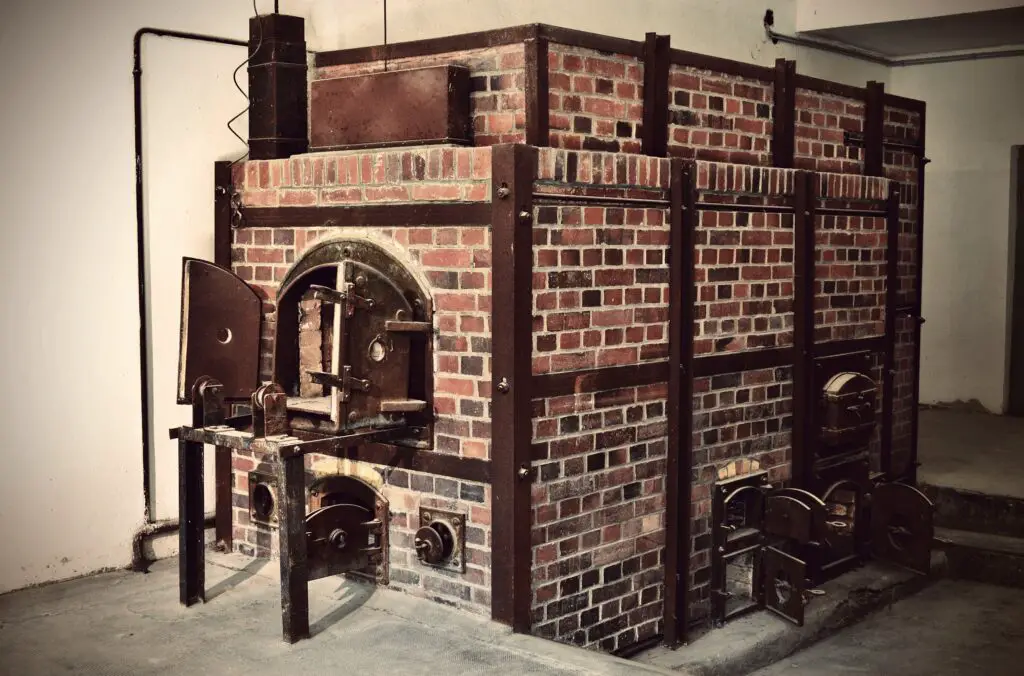
Some homes once had built-in incinerators that let you burn your trash right at home. No need to take the garbage out—just toss it in the chute and light it up.
It was considered a convenient way to dispose of waste before landfills and recycling became common. But burning trash creates serious air pollution, and it didn’t take long for incinerators to be banned or heavily regulated. The idea of lighting fires in your house to get rid of potato peels or old newspapers is mind-boggling now. Still, it was a common part of post-war suburban life. Now we’re more focused on composting and reducing waste, which feels like a better direction.
10. Intercom Systems

Intercom systems were once seen as high-tech and futuristic, especially in larger homes. With just the push of a button, you could call someone from the kitchen to the upstairs bedroom.
They were a hit in the ’60s and ’70s, particularly in new suburban builds. Now, that function has been replaced by texting or smart speakers. Yelling from room to room is still the default in most families anyway. Intercoms often broke or picked up static, making them more annoying than helpful. Today, they seem like a clunky solution for something we can handle with a quick voice memo.
11. Wall-to-Wall Carpeting in Bathrooms
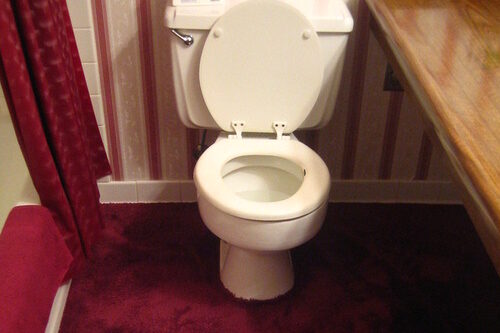
There was an odd stretch of time when some homes had full carpeting in the bathroom, right up to the toilet and tub. It sounds shocking now, but at the time, it was meant to make the bathroom feel more like a cozy part of the house.
Of course, carpeting plus moisture is a recipe for mold, mildew, and general ickiness. It didn’t take long for people to realize that this wasn’t the most hygienic setup. These days, we favor tile, vinyl, or other water-resistant flooring that’s easy to clean. Still, you might stumble into an old house and find remnants of fuzzy, pastel carpeting in the guest bathroom. And you’ll wonder how we ever thought that was a good idea.
12. Displayed Liquor Cabinets
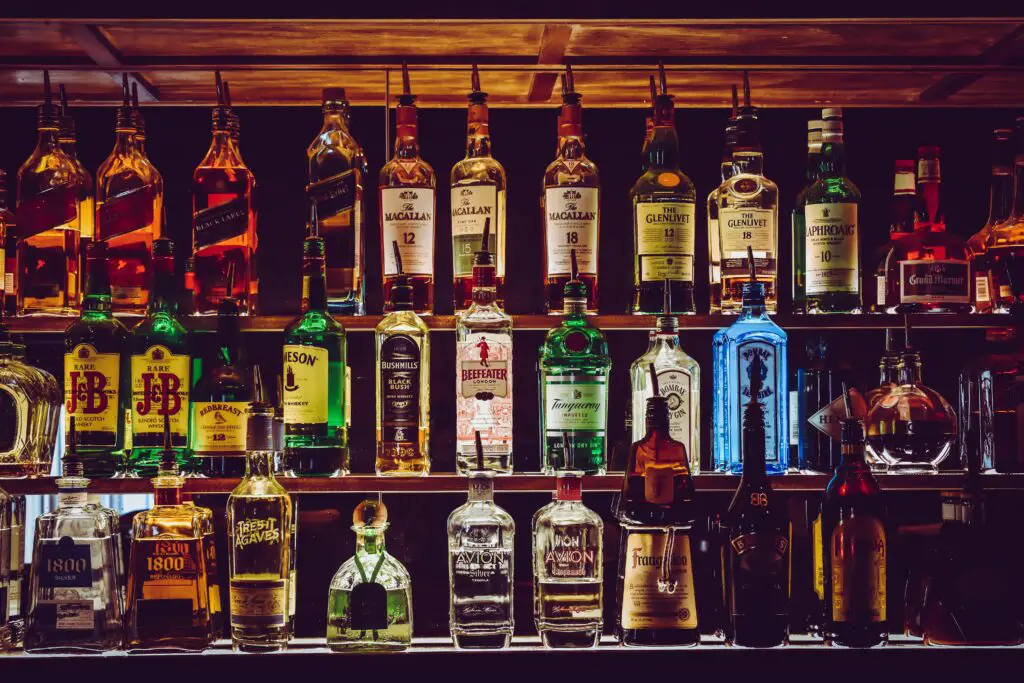
There was once a kind of pride in having a full liquor cabinet or bar cart on display in the living room or den. Bottles of whiskey, brandy, and liqueur were out in the open, like a sign of class and hospitality.
Even if you didn’t drink much, it was considered stylish to offer guests a drink from your collection. Now, many people prefer to keep alcohol out of sight or just have a bottle or two stashed in the kitchen. The whole Mad Men vibe of constant cocktails has faded, especially with growing awareness around wellness. A flashy bar cart today is more of a novelty or throwback piece than a household staple. It’s interesting how something once seen as sophisticated can now come off as excessive.
13. TV Antennas Indoors
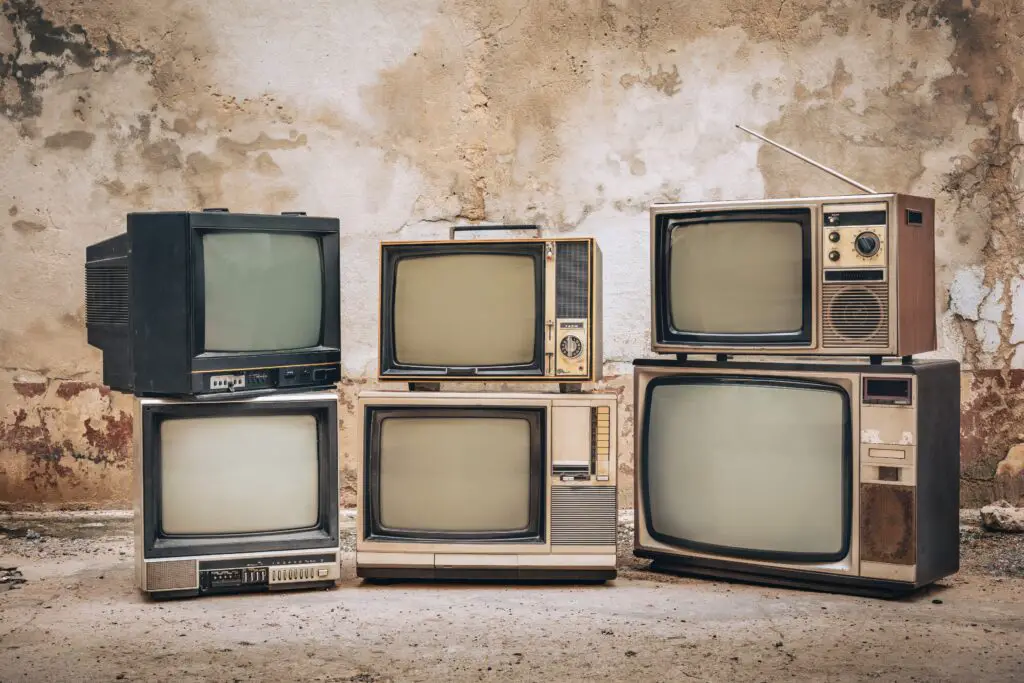
Before cable and streaming, rabbit-ear antennas perched on top of televisions were a necessary evil. You had to twist and contort them into just the right angle to get a clear picture, often involving tin foil and a little bit of luck.
It was a trial-and-error process that every household knew too well. And if someone bumped into it, all bets were off. Now, with digital streaming and Wi-Fi, we don’t think twice about accessing dozens of channels instantly. The idea of fiddling with metal rods just to watch Gilligan’s Island feels ancient. But once, it was just part of watching TV.
14. Hidden Rooms or Panic Shelters

In the Cold War era, some homes were built with hidden bunkers or panic rooms in case of a nuclear attack. These secret spaces were sometimes behind false walls or in basements, stocked with canned goods and survival supplies.
It sounds like something out of a thriller, but it was a real fear at the time. Now, the idea of building a secret room for global catastrophe feels like extreme doomsday prep. While some people still have storm shelters or safes, the average home doesn’t include a panic space. It’s wild to think homeowners once budgeted for bunkers the way we budget for kitchen remodels today. That kind of anxiety shaped a lot of design decisions back then.
